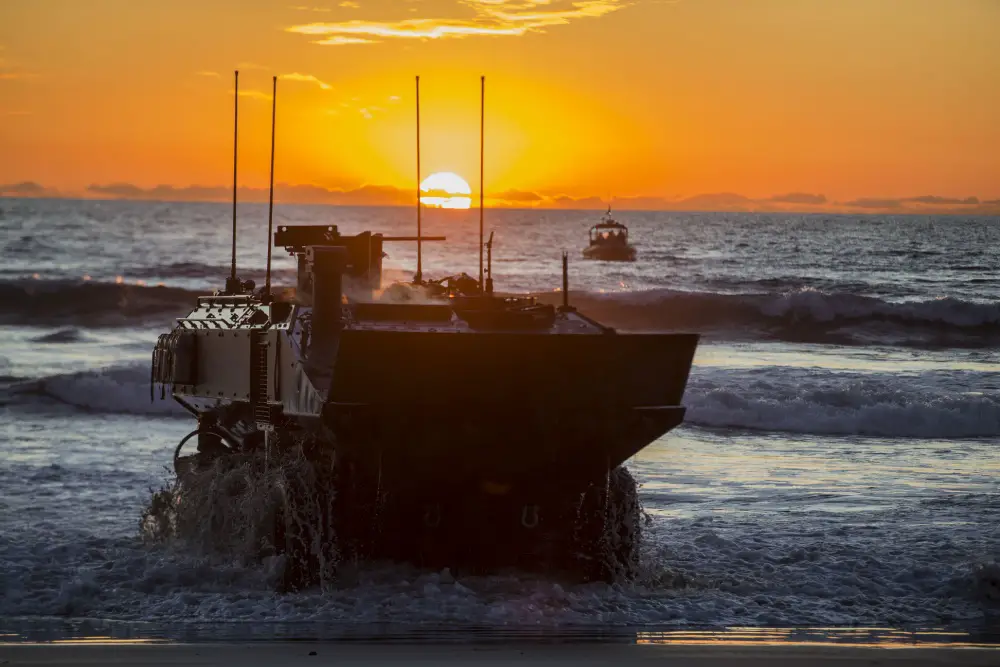The world is constantly advancing around us. As the most feared fighting force in the world, it is imperative Marines advance their capabilities along with it. The Corps’ new Amphibious Combat Vehicle is here to improve Marines’ amphibious capabilities. Marines with the Amphibious Vehicle Test Branch, Marine Corps Tactical Systems Support Activity, tested the ACV’s maneuverability and performance during low-light and night operations on Marine Corps Base Camp Pendleton’s beaches, Dec. 16-18. The Marines spent hours driving ACVs the Southern California surf and in the open ocean to assess how well they could interface with the vehicle and conduct operations in low light.

The ACV will be replacing the Amphibious Assault Vehicle starting in late 2020. The AAV has been in service since 1972, serving in countries around the world. The AAV has been the go-to vehicle to carry Marines and gear from ship to shore, but with adversaries around the world growing more powerful, the ACV was created to enhance the capabilities of ship to shore missions and amphibious assaults. The ACV will come in four different variants derived from the armored personnel carrier base. There’s a recovery variant, a command and control variant, and an up-armed variant to engage enemy armored vehicles. Each ACV comes equipped with eight wheels instead of the tracks originally on the AAV.

The ACV powers through high surf, traverses over trenches and trucks over sloped terrain. The ACV’s significant protective assets make it resilient to direct attacks and allow it to operate with degraded mobility in an ever-changing battle environment. The vehicle possesses sufficient lethality to deliver accurate fire support to infantry, whether stationary or on the move. The ACV also has a unique V-shape underbelly to deflect the blast of improvised explosive devices. Since IED’s were the most lethal weapons used against AAV’s, the new ACV was designed to take a blast from an IED, continue the mission and bring Marines home safely.
















